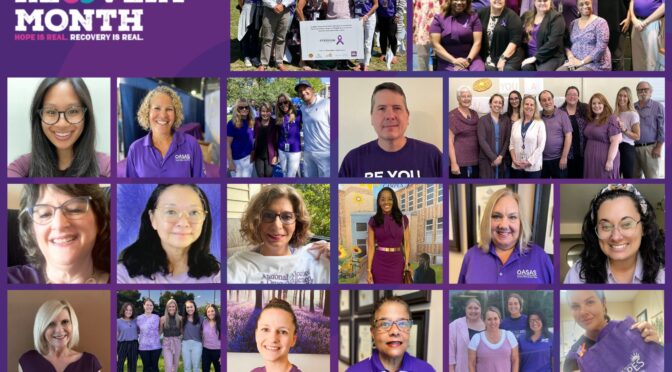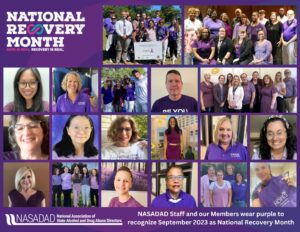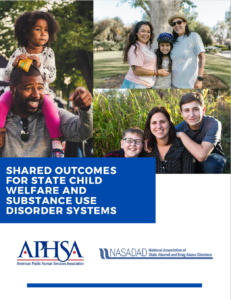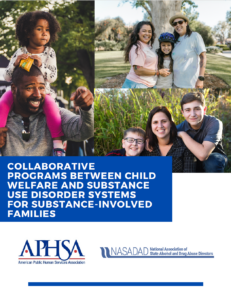On Thursday, September 21, Representatives Becca Balint (D-VT-at large) and Jill Tokuda (D-HI-2) introduced H.R.5623, the “Addressing Addiction After Disasters Act.” The legislation would amend Section 416 of the Robert T. Stafford Disaster Relief and Emergency Assistance Act by explicitly adding substance use disorders to the portion of the statute that governs the Federal Emergency Management Agency’s (FEMA) Crisis Counseling Training and Assistance Program (CCP). Through an interagency agreement, the Substance Abuse and Mental Health Services Administration’s (SAMHSA) Center for Mental Health Services (CMHS) provides consultation, technical assistance, and training of personnel for the CCP program. CCP grants are released after a presidential declaration to support time-limited outreach, identification, short-term counseling, referrals, and other activities to those impacted by disasters. The bill is cosponsored by Representatives Doug LaMalfa (R-CA-1), Barbara Lee (D-CA-12), Ann Kuster (D-NH-2), and Jim Costa (D-CA-21).
NASADAD has a long history of working to promote awareness of substance use disorder considerations during a disaster. This work stems from the experiences of the September 11th attacks and Hurricanes Katrina and Rita. NASADAD initially released a Policy Brief on the topic in 2005 and issued an updated version in 2020. NASADAD sent a letter to Reps. Balint and Tokuda expressing appreciation for their leadership on H.R. 5623.
NASADAD’s most recent issue brief can be accessed here.



